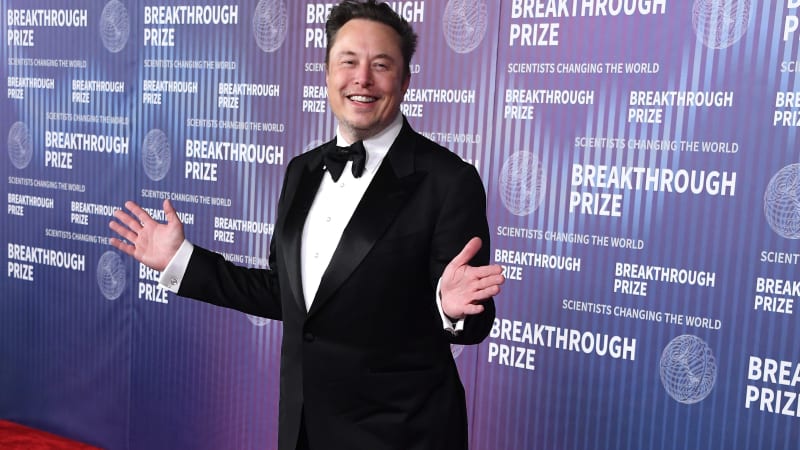GM and Ford's gas and hybrid successes show how hard it will be for Tesla to weather an EV slowdown

Tesla CEO Elon Musk.Tayfun Coskun/Anadolu via Getty Images
Tesla finally has to deal with the EV slowdown.
The EV company can’t rely on hybrids and gas cars like competitors.
Musk blamed industry prioritization of hybrids for poor Q1 performance.
Tesla is finally being forced to reckon with a slowdown in electric-vehicle demand, and CEO Elon Musk’s tactics are likely to look different than his peers’ in the automotive industry.
Both Ford and GM exceeded analyst expectations for the first quarter thanks to cost cutting and stronger demand for gas-powered cars. Tesla, meanwhile, fell short for the same first three months of the year, with sizable declines in revenue and deliveries.
For the past year, demand for electric cars has pulled back, putting the brakes on the rapid growth for the battery-powered vehicles that underpin much of the automotive industry’s plans for the next several years. This has led to strategy shifts for companies like GM and Ford, which are starting to pay off.
After years of pouring huge investments into electric vehicle technology, GM CEO Mary Barra told investors last week that the rapid rate of spending is starting to slow.
“Our focus has turned back to driving free cash flow through enhanced profitability and capital discipline, finding ways to spend less for the same results and with an unwavering focus on the customer,” Barra said.
GM’s hefty 10.6% profit margin in North America — underpinned by the company’s lucrative pickup truck business — drove the company’s sizable earnings beat.
EVs, on the other hand, still aren’t profitable at all for GM or any other traditional car company. Ford, which breaks out its electric vehicle business performance, reported a $1.32 billion loss in the first quarter for that segment.
Tesla reckons with an EV slowdown
The stark difference between Tesla’s first quarter results and its traditional competitors is just the latest sign that the EV slowdown is finally catching up to Musk’s electric car company.
Up until the start of this year, Musk’s electric car company was able to flex its impressive profit margins to lower prices for a new group of more frugal EV shoppers. Sales of the most affordable Teslas, the Model 3 and Model Y, continued to increase throughout 2023, and the company very nearly met its lofty goal of delivering 2 million cars last year despite pressure on the segment.
But the tables have turned now as traditional automakers are able to tap into a newly popular segment unoccupied by Tesla: hybrids.
Without hybrids and gas-powered cars to fall back on, Tesla’s approach to the EV slowdown will instead hinge on lowering production costs and finally delivering on a long-awaited affordable model. These are lofty efforts unlikely to take root overnight.
This appeared to ruffle Musk, who went so far as to blame the industry’s newfound commitment to hybrids for some of Tesla’s dismal earnings results last week.
“While positive for our regulatory credits business, we prefer the industry to continue pushing EV adoption, which is in line with our mission,” Tesla wrote.







